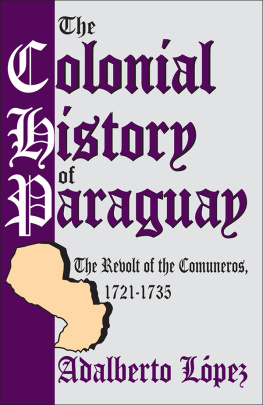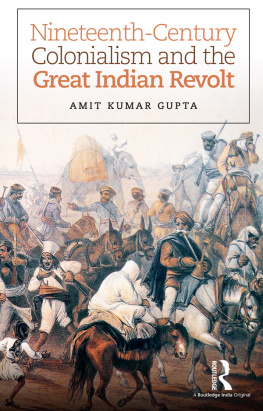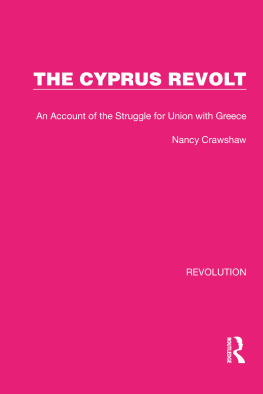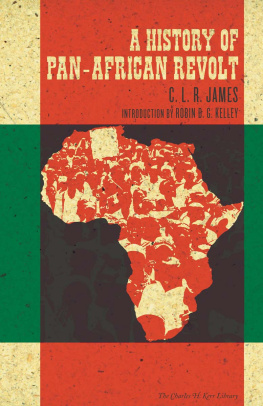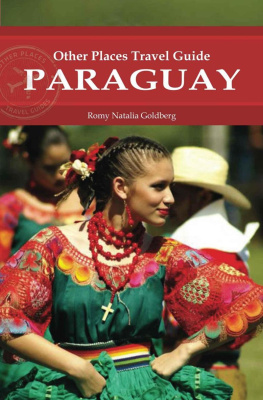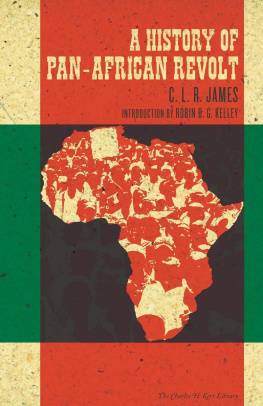Originally published in 1976 by Schenkman Publishing Company, Inc
Published 2005 by Transaction Publishers
Published 2017 by Routledge
2 Park Square, Milton Park, Abingdon, Oxon 0X14 4RN
711 Third Avenue, New York, NY 10017, USA
Routledge is an imprint of the Taylor & Francis Group, an informa business
Copyright 2005 by Taylor ' Francis.
All rights reserved. No part of this book may be reprinted or reproduced or utilised in any form or by any electronic, mechanical, or other means, now known or hereafter invented, including photocopying and recording, or in any information storage or retrieval system, without permission in writing from the publishers.
Notice:
Product or corporate names may be trademarks or registered trademarks, and are used only for identification and explanation without intent to infringe.
Library of Congress Catalog Number: 2004051735
Library of Congress Cataloging-in-Publication Data
Lpez, Adalberto.
[Revolt of the Comuneros, 1721-1735]
The colonial history of Paraguay : the revolt of the Comuneros, 1721-
1735 / Adalberto Lpez,
p. cm.
Includes bibliographical references and index.
ISBN 0-7658-0745-8 (pbk. : alk. paper)
1. ParaguayHistoryRevolution of the Comuneros, 1721-1735.
I. Title.
F2683.L65 2005
989.203dc22
2004051735
ISBN 13: 978-0-7658-0745-8 (pbk)
TABLE OF CONTENTS
Asuncin, la muy noble y muy ilustre,
la ciudad comunera de las Indias,
madre de la segunda Buenos Aires
y cuna de la libertad de Amrica.
Prolongacin americana en tiempo
de las villas florales de Castilla,
en las que floreci la democracia
de que se enorgullece nuestro siglo.
En pleno absolutismo de Fernandos,
en tus calles librse la primera
batalla por la libertad; el grande
y trunco movimiento comunero
te tuvo por teatro; el verbo libre
de Momp anticip la voz vibrante
del clido Moreno; el Sol de Mayo
sali por Antequera.
Eloy Farina Nunez
Canto Secular
Paraguay, Tucumn, and the Rio de la Plata at the Beginning of the Seventeenth Century
Paraguay and the Rio de la Plata at the beginning of the Eighteenth Century
Eloy Faria Nez
Canto Secular
Preface
This is the story of a colonial revolt. It is the story of men, now long forgotten, who, having grown accustomed to having things their own way, chose to disobey the representatives of their king when those representatives refused to give in to their demands.
It all began during a rainy winter in 1720 when some of the notables of the city of Asuncin in the poor province of Paraguay decided that their governor could no longer be tolerated. Don Diego de los Reyes y Balmaseda was not an evil man, and as governor he had done his best to administer the unruly province. But he had been too friendly to the Jesuits, and in Paraquay the Jesuits were not popular. Furthermore, he had attempted to govern without consulting those provincials who felt they ought to be consulted.
The men who succeeded in forcing Governor Reyes from his post had counted on an untroubled victory; yet, for fifteen years, there was turmoil in their land. Men quarreled and wrote angry letters; armies were gathered and battles were fought; people suffered and died. Twice during that period, the Jesuits were expelled from their college in Asuncin, and once their missions were invaded. A governor was killed and two of the rebels brutally executed in the main plaza of faraway Lima in the midst of a popular riot precipitated by Franciscans who foolishly sought to save them. In the Jesuit missions there was hunger and disease.
The story of the comuneros, as the rebels came to be known, is long and complicated; hard to piece together, harder still to explain. It cannot be understood without some familiarity with the almost two centuries that preceeded it, for the revolt was squarely within the Paraguayan tradition of political autonomy, a tradition whose evolution began in the second quarter of the sixteenth century when Europeans, driven by dreams of gold and silver, conquered and settled the land which a member of a later generation was to describe as a natural paradise. In the seventeenth century the descendants of these early settlers clashed with the Fathers of the Society of Jesus, and the sources and nature of that conflict have to be examined if any sense is to be made of the comunero revolt, which in more than one way was directed against the Jesuits. I have therefore, devoted the first two parts of this work to an account of the politics, economics and society of Paraguay during the two hundred years preceeding that winter of 1720 when the men of Asuncin made their move against Reyes.
The pieces of the story of the comuneros were found in Widener Library in Cambridge, the national archives of Asuncin and Buenos Aires, and the Archive of the Indies in Seville. Travel to and research at these institutions were made possible by a generous grant from Harvard University for which I am deeply grateful. I am equally grateful to the officials of all the libraries and archives I visited for their courtesy and valuable assistance, and to my friend Gordon Wheeler who translated for me the German material used in this study.
Finally, I want to acknowledge my debt to Professor J. H. Parry, who has been my teacher and friend since I first became interested in the history of colonial Spanish America; to Professor Charles Freedeman who read and criticized the original manuscript; and to Professor John Womack, whose book on Emiliano Zapata ought to teach our generation how good history should be written. For whatever is good and useful in this work I thank them; for whatever is bad I apologize to them.

